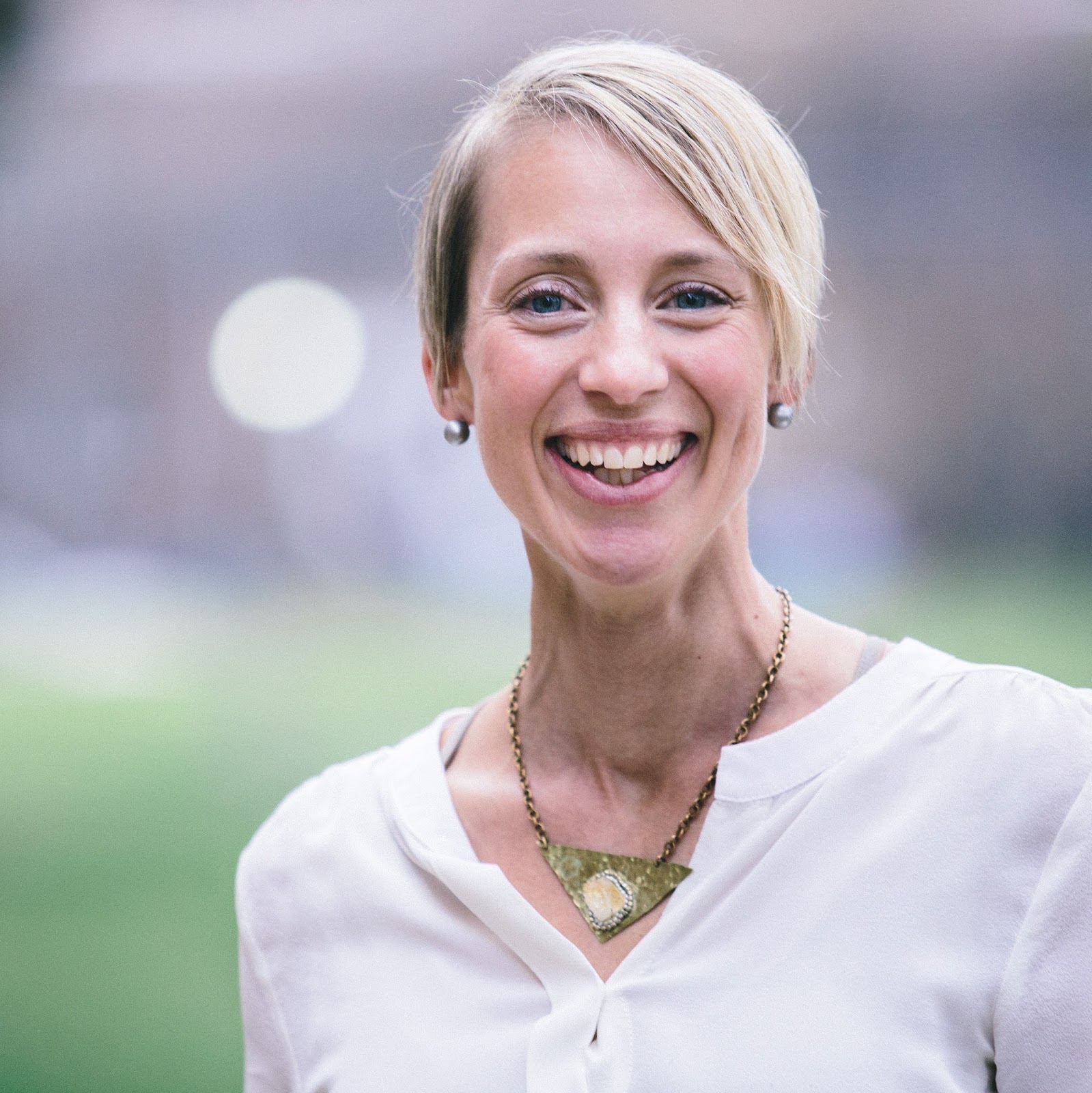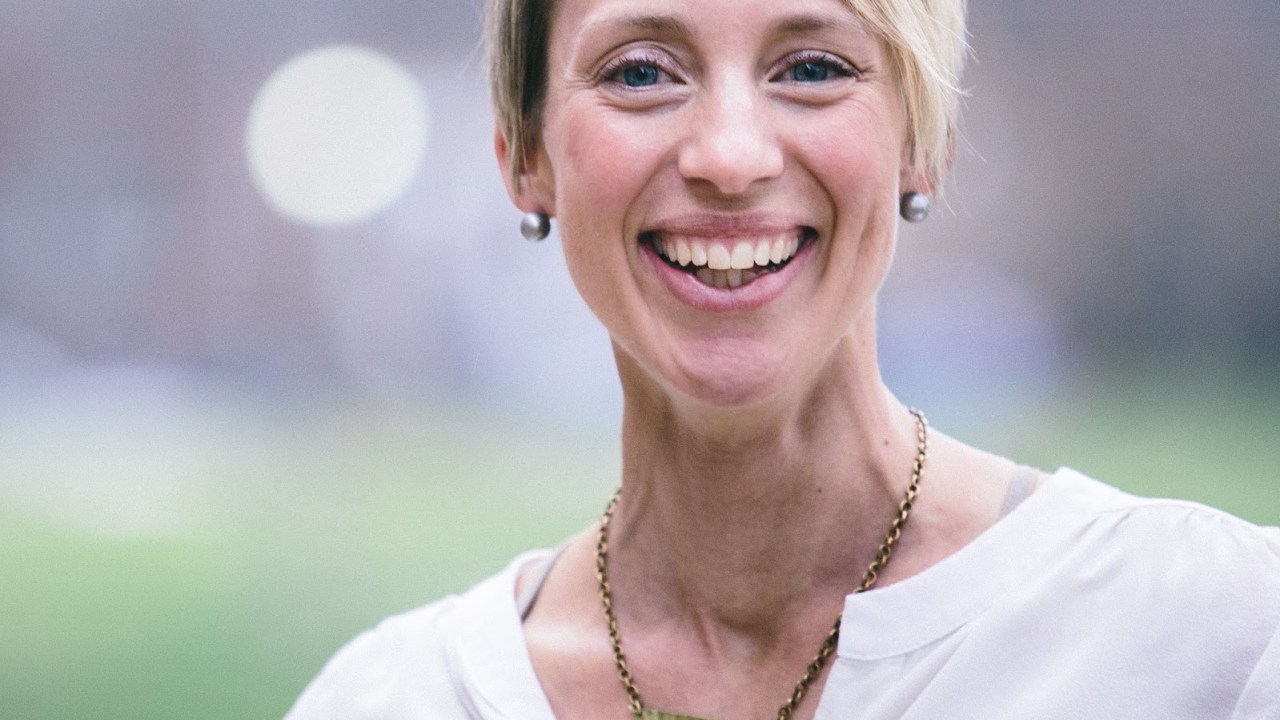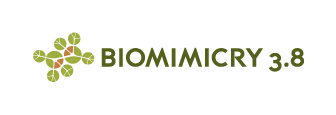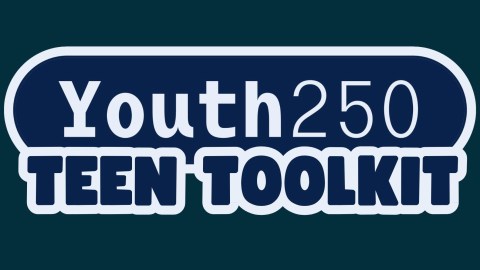Some people think that because museums are nonprofits, they are not allowed to make money. Cue my mantra: nonprofit is a tax status, not a business strategy. A financially successful nonprofit can use surplus income to improve services, scale up its work, and do more good in the world. The widely held belief that mission-based work is inherently unprofitable is being challenged by an increasing number of for-profit companies that embed a goal of making the world a better place into their business models. Some of these companies voluntarily become certified as “B Corps”—documenting through a third party the ways in which they benefit their employees, their community and the environment. And there is no longer a simple dichotomy between nonprofit and for-profit: a growing suite of “hybrid” legal structures, such as benefit corporations, allow businesses to balance financial profits with the achievement of mission-related goals. Where could museums fit into this growing set of options? In researching that question, I came across Biomimicry 3.8, a for-profit company, certified as a B Corp, that uses the study of biological structures and processes to “transform the world by emulating nature’s designs and core principles.” I reached out to Nicole Miller, managing director at Biomimicry 3.8, and she explained a bit about their history and their work.
 |
Nicole Miller, Managing Director
Biomimicry 3.8 |
Nicole, can you give our readers a brief description of what Biomimicry 3.8 does? What kinds of products and services do you provide?
There are three primary components to our business – consulting, training and thought leadership. Our consulting team delivers biological intelligence to help companies design new products, processes, buildings and even cities. Companies often want to support their efforts to use biomimicry as an innovation strategy, so we train people how to DO biomimicry. We offer everything from one-week immersions to a Master’s of Science degree through our partnership with Arizona State University. And our thought leadership team sets the vision for the next frontier of innovation inspired by nature. A recent example is the “Factory as Forest” concept. We are now helping companies design their facilities to function like the local forest next door, producing net positive benefits to people and their communities.
Your organization is a certified B Corps—tell us what that means.
For us, it means being focused on doing good vs. doing less bad. B Corps are companies dedicated to a purpose beyond their bottom line, on social and environmental factors that impact their business. The certification process holds companies to a higher standard of accountability and transparency that is not often seen in business today. Collectively, B Corps are redefining what “success” means in business, which is really important to us. We want to demonstrate that success comes from happy and engaged employees who are empowered by their work to save the world, no matter how small the impact might be.
So Biomimicry 3.8 is a mission-driven company. What is your mission?
Our mission is to help change-makers transform the world by emulating nature’s designs and core principles.
That sounds like a mission that a natural history museum might have! You have a sister-organization, the Biomimicry Institute, that is a nonprofit. What is the relationship between the two organizations?
Yes, it’s been a journey navigating the roles of the two entities. After (Biomimicry 3.8 co-founder) Janine Benyus wrote her book Biomimicry: Innovation Inspired by Nature, companies started calling and saying, “we want you to help us innovate using nature” so the Biomimicry Guild was launched to support the growing requests. Shortly after the Guild was established, it was clear that the work went beyond consulting and we really needed a nonprofit entity to support growing the meme of biomimicry. So the Biomimicry Institute was born. The two organizations operated independently until we began to find there was overlap in our efforts. We decided to bring both entities under one brand, Biomimicry 3.8, to streamline our efforts and reduce redundancies. This worked great, until it didn’t. It was a 2-year experiment that ultimately created more work for our internal admin teams, so after much consideration, we decided to pull the two apart. We still work together very closely to align our strategic goals and priorities and leverage our efforts. The Institute does amazing work in the student education space with K-12 programs, a global design challenge and AskNature, which is an open innovation platform to support biomimetic design.
I understand that Biomimicry 3.8 is in the process of changing its legal status from a for-profit company to a benefit corporation. What does that mean, and why did you decide to make that change?
A benefit corporation is a type of for-profit corporate entity that includes positive impact on society, workers, the community and the environment in addition to profit as its legally defined goals. They are required to consider the impact of their decisions not only on their shareholders but also on their stakeholders (for example, their community, or the public as a whole.) We decided to make this change to demonstrate our commitment to ensuring our company makes a positive impact on society, our employees, the communities in which we work, and of course, the environment. We are dedicated to helping people see the value in learning FROM nature, not just extracting nature’s resources.
So your company has worked a bit in all three worlds: for profit, nonprofit and hybrid legal structures. What are the advantages or disadvantages of each?
What I have learned is any of the structures can support making money and delivering a positive impact. Of course, what you do with that money is limited by your structure, but in the end these structures come down to taxes and how the world perceives you.
What about the practical differences in governance?
A board of directors holds the fiduciary responsibility of the financial and organizational health of the organization or company regardless if nonprofit or for profit. In general my opinion is nonprofit boards have a lot more oversight of the organizational direction and details, therefore working with them does take more time. Shareholders typically want to see the financial returns and focused on the numbers. With B corps or mission-aligned company investors understand they are investing in something bigger than just a financial return and so there usually focus on other aspects of long term stability, beyond finances. This is just my opinion. I have served on for profit and nonprofit boards and each one was unique on its structure and oversight – it ultimately came down to personalities and leadership style.
What advice would you give people creating a new mission-driven organization and trying to decide whether they should be for-profit, nonprofit, a benefit corporation or other hybrid?
Often if you are doing mission-driven work, you can quickly be labeled as nonprofit “type” company. I think another misconception is that nonprofits don’t make money. What is exciting is to have structures like Benefit Corporations that allow you operate in a space of being for-profit oriented – proving that doing good is good business. My advice would be to examine what it would take today to build a 100-year company. Is it to teach, is it to manufacture, is it to do both? Then, establish a structure to support that. And like nature, understand that you always need to adapt to changing conditions and should have a structure that can best support that.
Not too long ago, the US was pretty clearly divided into three sectors: for profit companies, dedicated to, well, profit; government agencies that provide shared public goods and nonprofits that exist to improving the world in some way. How do you think the rise of hybrid legal structures will affect these traditional sectors, particularly nonprofits?
The rise of hybrid legal structures is really enabling more flexibility in what a company can do to support its mission. It’s less about having to fit into a box that limits their growth and capabilities. This is such an incredible shift, from an economic standpoint and because it enables companies to give their employees a platform to make a difference.
What led youto choose to work in a mission-driven company? How does Biomimicry 3.8 align with your personal values and motivations?
Luck, proximity and passion. Prior to joining B3.8, my work was in product development, global supply chain management, trade and commerce. I saw first-hand EVERYTHING that is required to make on-trend products, move goods across oceans, and support the growing demands of a throw away society where it is cheaper to buy something new then get it repaired or put it back in the value chain. No matter what I did to influence positive social and environmental practices with my suppliers, the negative externalities were well beyond the control of my company, and even industry. It was very overwhelming for me. Rather than continue to contribute to the negative impacts, I wanted to work on the solution. It was at that time I was introduced to biomimicry. I was working in Montana where Biomimicry 3.8 is headquartered, and it didn’t take long for our worlds to collide. I was fascinated by the topic and was so shocked to learn the company operated in my backyard! In my career, I have always played the role of a builder, so when the company was looking to grow its business model, we clicked. The timing was perfect.












The term non-profit should be replaced by tax-exempt – for 100 reasons
Mr. Hosley is correct and in a similar manner the term "for-profit" is misleading. The underlying issue is ownership and the objective(s) of the owners. In general, the owners of organizations formed to produce a good or service are interested in increased value of their investment. While we tend to think of that as "maximizing profit" the rise of organizations like B3.8 suggest other values are important to the owners.
Tax-exempt organizations are not "owned" by individuals, rather their assets are held for benefit of the public, overseen by trustees with a fiduciary responsibility to safeguard those assets. This does not prevent the organization from taking in more money than it spends (i.e. generating a surplus) and saving a portion of a surplus for future use.